When I reviewed the three previous Nike Vapor Iron models the oversized Vapor Speed seemed to sit apart from the other two models, which were much closer together in terms of performance.
They were good irons and I am pleased to see them continuing. The Vapor Speed is less fortunate and it has been replaced by two Vapor Fly models to cover the mid to high handicapper market more effectively. Both are based around the same principle of bringing some wood technology into irons to increase the forgiveness and ball speed.
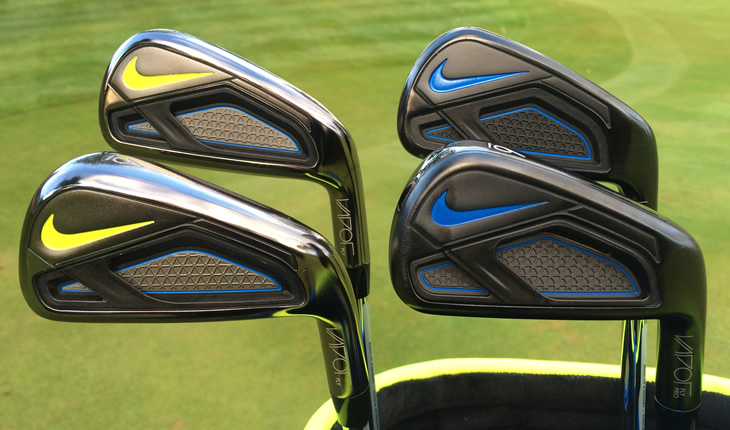
This they achieve in the cavity of the iron that features the NexCor variable face thickness that first appeared in the 2012 VR_S woods. The design of the face is different for each club and combines with a large cavity that is reinforced with a FlyBeam bar across the back to support the face.
The Modern Muscle under the Swoosh is the same as before and uses weight in the toe to move the CG to within 1mm of the centre of the face, so that when you nail it, you get the maximum benefit.
Those are the key features of both, so now let's take a closer look at the two models.
Nike Vapor Fly Irons Review
The Vapor Speed was a large hollow iron for maximum forgiveness and the Vapor Fly irons are its direct descendent.

The cavity is a little more pronounced thanks to the larger FlyBeam support and the smoked nickel finish gives a darker look.
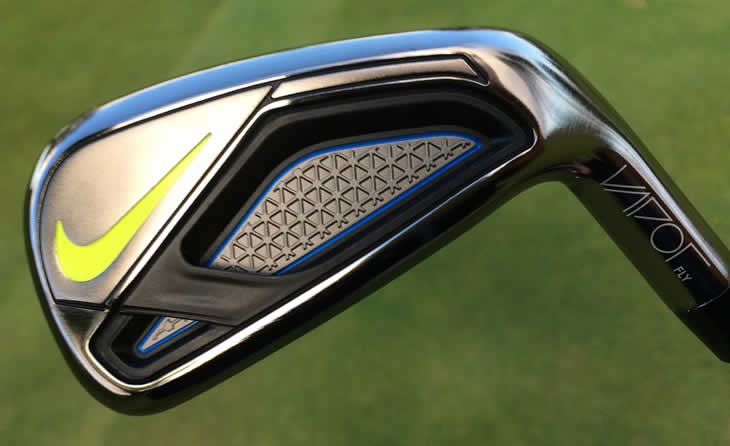
As before the look is chunky with a thick top line, wide sole and decent sized hosel offset to promote a look of confidence and forgiveness.
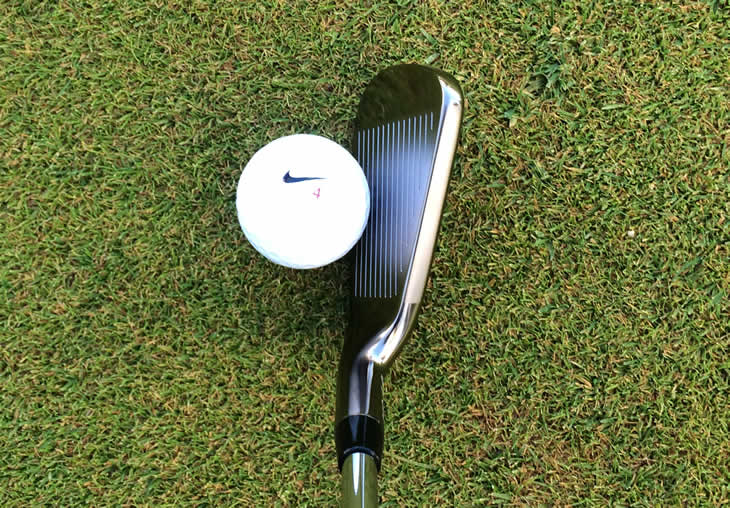
The hollow cavity style filters through the 4 to 7 irons and as a result the sound felt a little hollow and a bit 'tingy' like a wood.
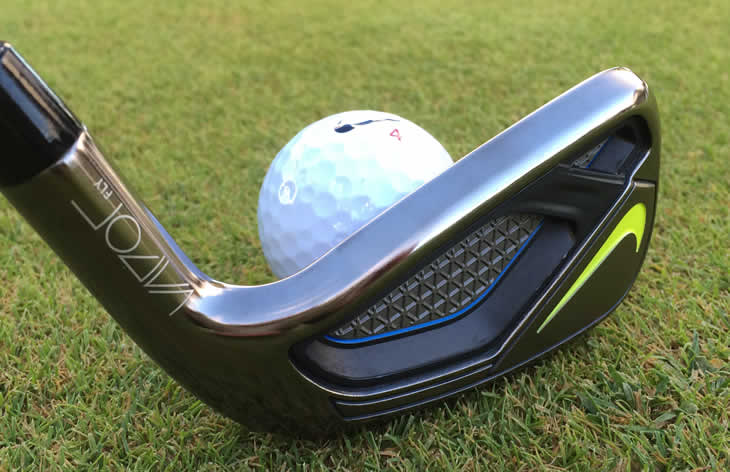
As you would expect they did give a lovely high flight when paired with the True Temper ZT85 steel shaft.

The forgiveness was very good, so if you struggle with long irons then these could be the answer.
In the 8-iron to Pitching Wedge the cavity changes to have a pocket cavity filled with Nike's RZN material and this gave a slightly better sound and feel before you ended up with a full RZN Cavity on the Sand Wedge.
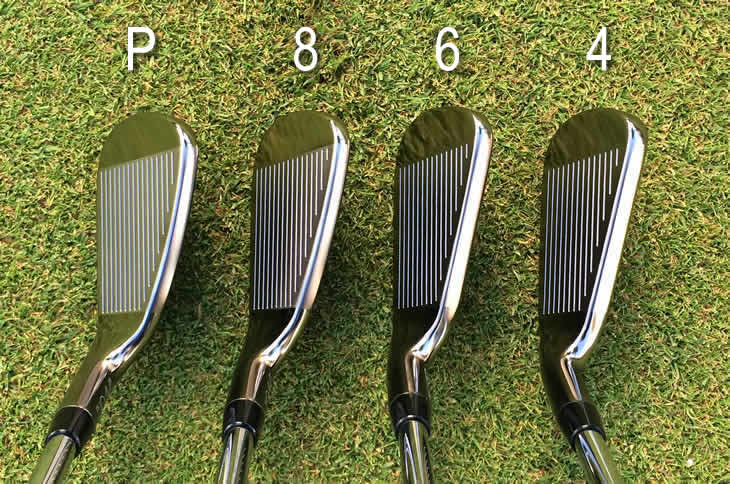
The Vapor Fly irons are more about forgiveness and increasing ball speed that looks and feel though and if you are at the upper end of the handicap scale then these are the ones to look at.
Nike Vapor Fly Pro Irons Review
Whilst these have the Pro moniker, they are extremely unlikely to find their way on tour unless they introduce a minimum 15 handicap limit.
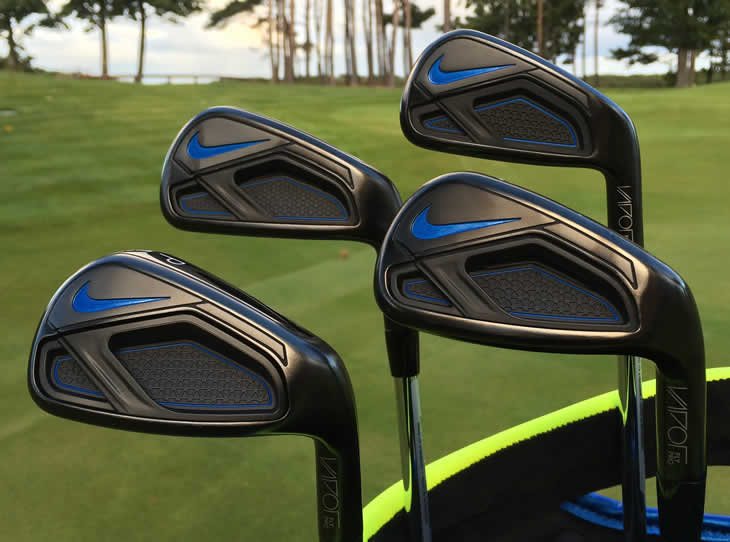
The Vapor Fly Pro irons fill the gap that existed below the Vapor Speed and sit between the Vapor Pro Combo and the Vapor Fly in the Nike range.
Like the Fly irons they also feature 3 different head constructions with a hollow cavity from the 2 to 5 iron that is a little larger thanks to the taller and more compact head.
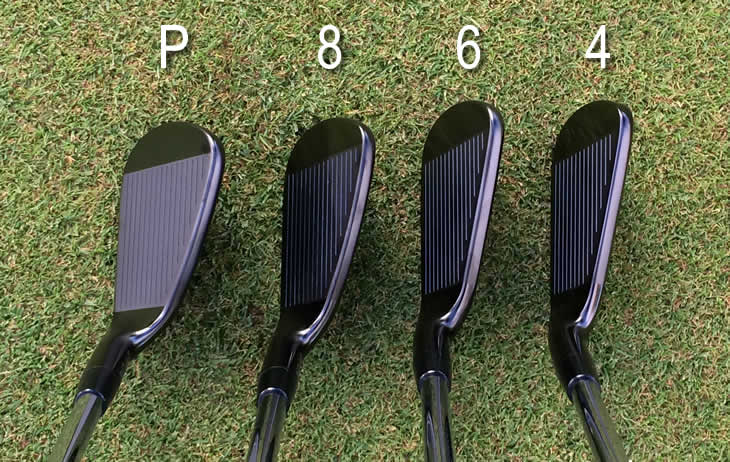
Whilst they are better sounding than the standard Fly irons, the longer irons still sound a bit 'clacky' and hollow because of that cavity.
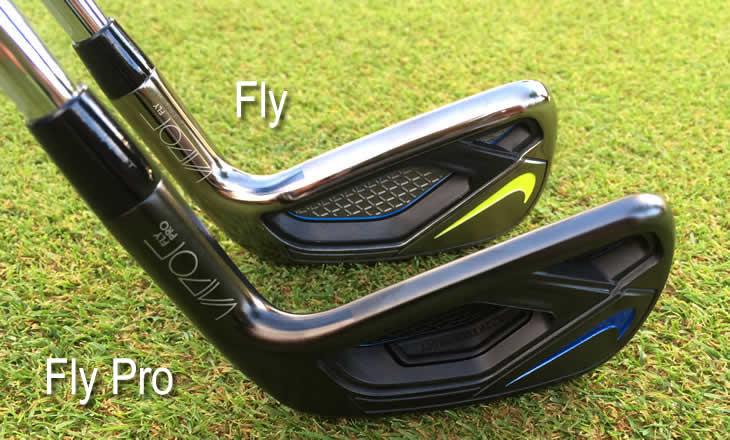
The mid-irons from 6 to 8 move to the Pocket Cavity filled with RZN and combined with the more compact head these feel a lot sharper.
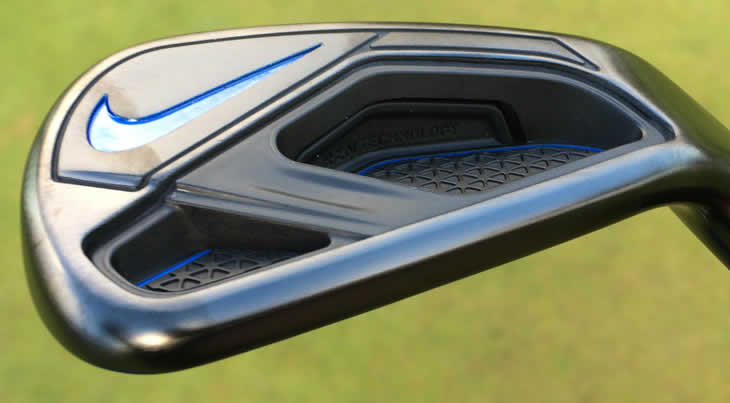
The short irons from 9 to Wedge move later to the RZN Cavity design than the Fly and these felt good, especially the wedge, which is unusual for these style of irons.
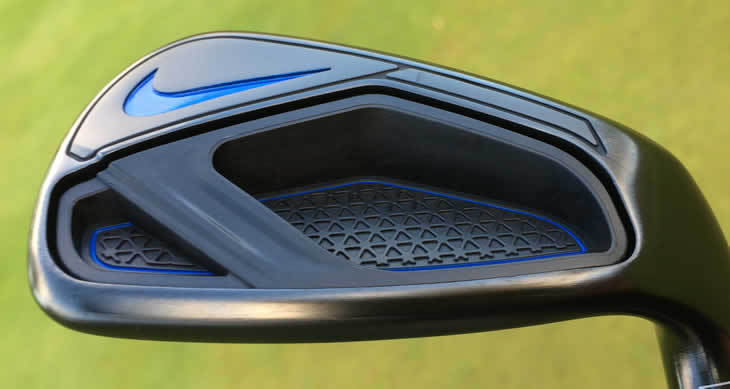
Regardless of the feel, the Vapor Fly Pro set do feel firm and powerful at impact, so I could see mid-handicappers who need that forgiveness with some assistance getting the ball airborne will find these easy to play with.
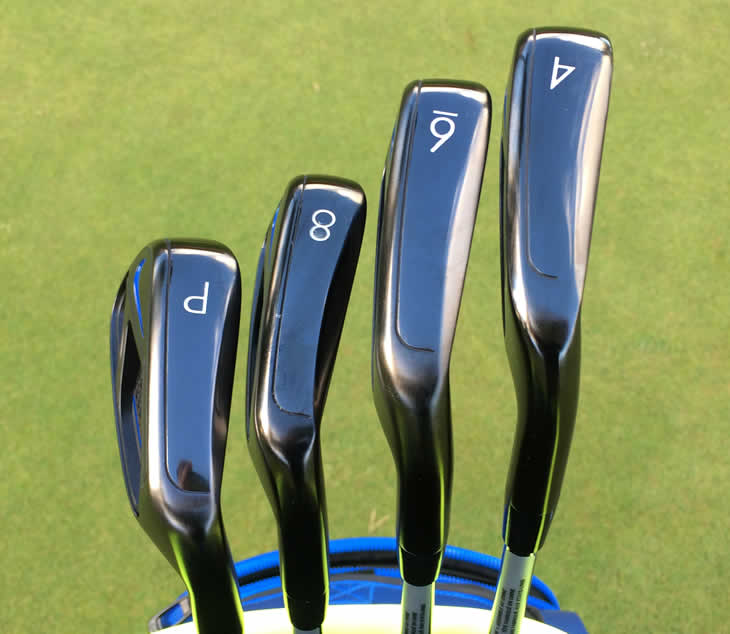
The top line is a lot bigger than the Pro Combo and the larger heads combined with the darker looks will probably appeal to a similar market.
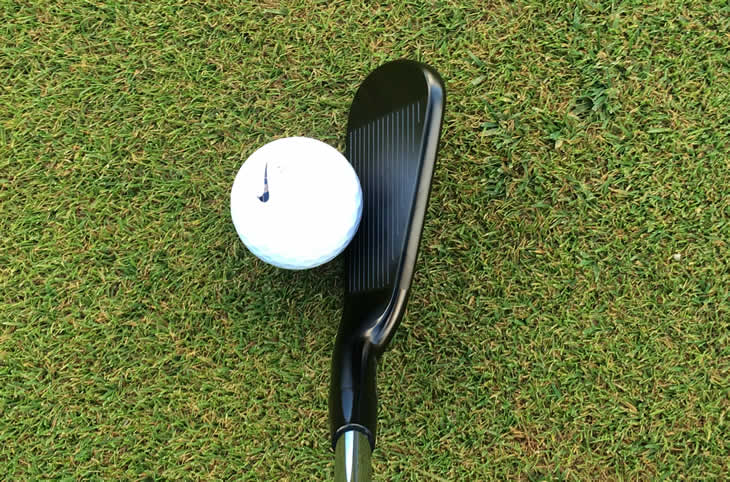
However if feel is your thing and you are improving then the silver Vapor Pro Combo is probably still the one to go for.
If you are tempted then combining it with the light True Temper XP95 steel shaft really gives them a good balance, but if that does not work then there are other shafts available through custom fitting.

Nike Vapor Fly Iron Summary
Nike has certainly made a statement with the Vapor Fly irons both technically and visually. Looks and colours are very subjective things and at the launch plenty of people liked the styling of both the Vapor Fly irons, but I am afraid it just does not do it for me. That may not mean anything in reality, but to get a purchase they need to be picked up and waggled. Whether this will do it for the golfers Nike are targeting remains to be seen, but at least they will stand out on the shelf.
Visuals aside, bringing in the Vapor Fly Pro to sit closer to the Pro Combo is a good move as the gap to the Vapor Speed was too big before. The mid and short irons were very good, but were let down a little by the longer irons. It is this flow of the set that I like to see and both Vapor Fly models struggle a touch in this regard.
The Vapor Fly Pro should cover most mid-range golfers and should be the main model as the standard Vapor Fly are really for the beginner end of the market.
It is possible to mix and match between all the four Vapor iron sets as they all have the same lie angles, but check the lofts as they do differ. For instance the 7-iron ranged from 32° to 35° depending on the model.
The concept of the Modern Muscle is a good one and the adaption of the FlyBeam and other technologies to improve the performance work well and if you are one of the ones who the styling appeals to then, it is worth taking the Vapor Fly irons for a spin.